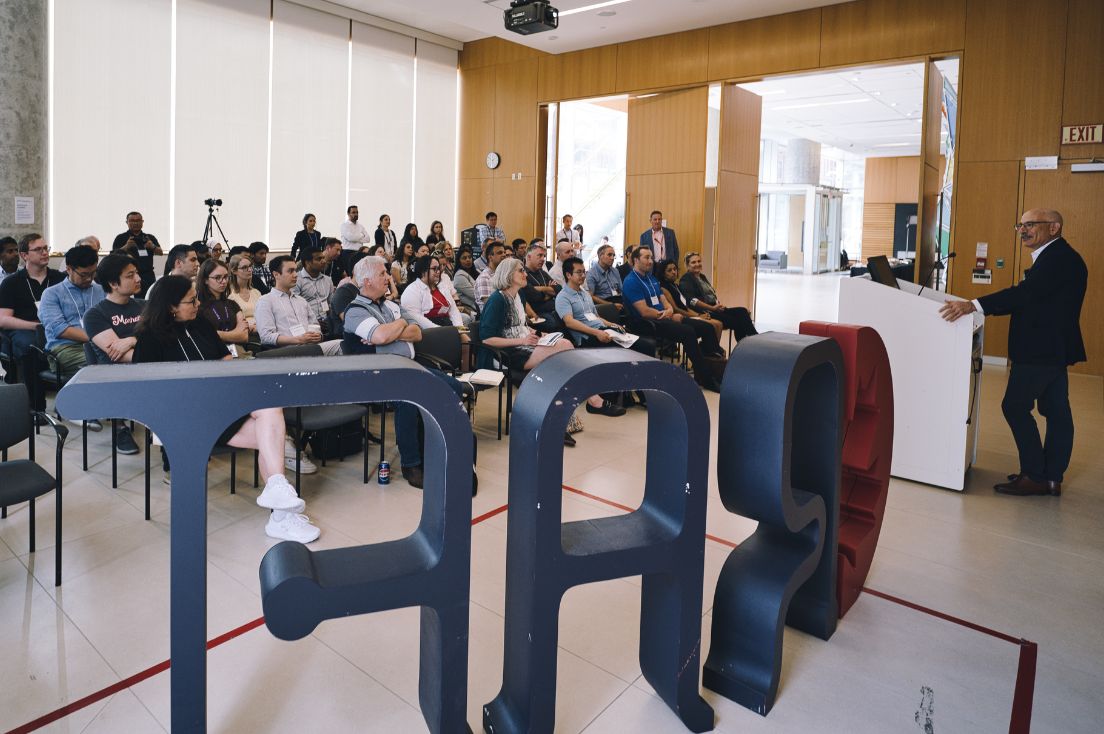
Rick Lu (left) and Milica Radisic (right).
CRAFT Publication: New blood vessel-on-a-chip to study COVID-19 complications.
A team led by CRAFT co-lead Milica Radisic has developed a new organ-on-a-chip model to gain new insight into how the SARS-CoV-2 virus triggers a ‘cytokine storm’, a life-threatening immune response to infection.
A cytokine storm is characterized by the secretion of abnormally high levels of inflammatory cytokines by the immune system, which can lead to vascular complications, multi-organ failure and even death. It is a highly complex phenomenon—involving interactions among different cell types, molecules and the physiological environment—that is very difficult to study using conventional in vitro methods.
To address this, PhD student Rick Lu microfabricated a perfusable blood vessel-on-a-chip model to more accurately recapitulate the complex and dynamic environment of the blood vessel, where a cytokine storm starts. Using his new model, Rick showed that SARS-CoV-2 infection caused a 100- to 1000-fold increase in inflammatory cytokine secretion and vascular dysfunction, which was exacerbated by the introduction of human immune cells into the model. In addition, he also found that the virus-induced inflammation and vascular dysfunction could be reversed by treatment with the novel peptide QHREDGS. Thus, this peptide represents a new putative therapy for cytokine storms and warrants further evaluation by the research community.
Read the full story by U of T News: https://www.utoronto.ca/news/using-organ-chip-platform-researchers-devise-potential-strategy-treat-severe-covid-19
Publication: Lu RXZ, Lai BFL, Rafatian N, Gustafson D, Campbell SB, Banerjee A, Kozak R, Mossman K, Mubareka S, Howe KL, Fish JE, Radisic M. Vasculature-on-a-chip platform with innate immunity enables identification of angiopoietin-1 derived peptide as a therapeutic for SARS-CoV-2 induced inflammation. Lab Chip. 2022 Mar 15;22(6):1171-1186. doi: 10.1039/d1lc00817j.




